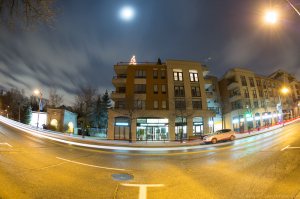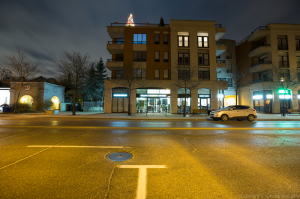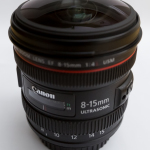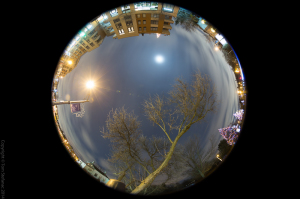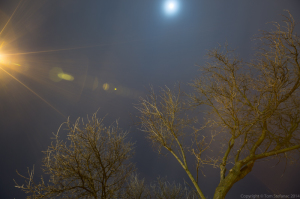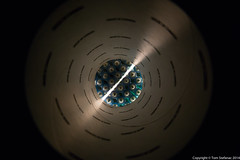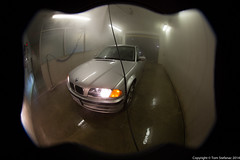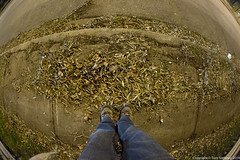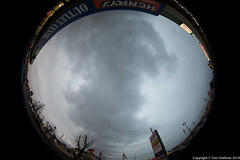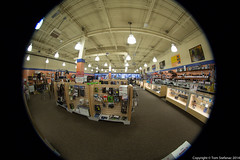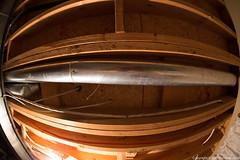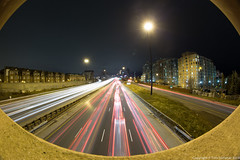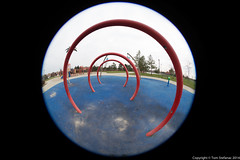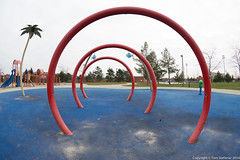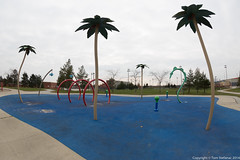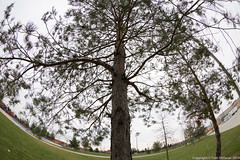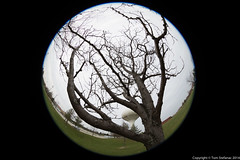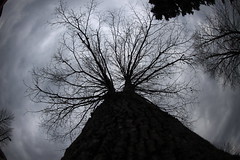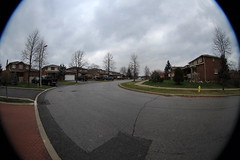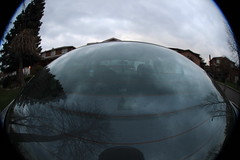
When it comes to fisheye lenses there really are three possible things that will cross people’s minds. Some will think (1) it’s a wonky, artsy, novelty lens that can create some neat images but that’s about all it can be used for (2) it’s a tool for a specific purpose such as the task of capturing the sky in its entirety from horizon to horizon in the name of science (3) it’s a waste of money and produces distorted, useless, pictures that get boring fast.
Let’s be fair, it’s not your everyday lens that you would use for portraiture or anything really requiring asymmetrical linear pictures all the time. But it is a special lens that can be used with just as much versatility as a 16-35mm or 24-70mm. In fact, I would argue, it is even more versatile than a super telephoto above 400mm. Sure, if your shooting birds in flight you need something with range and if your shooting weddings the 24-70 is your primary lens and the 70-200 is your secondary workhorse. If your big on landscapes and getting up close and personal then the 16-35mm is your tool, but the 8-15mm Fisheye has its place.
You can use the 8-15mm for funky wedding shots, or to capture the entirety of a banquet hall or stadium in one swoop. You can use it for landscapes where you center the horizon to eliminate the barrel distortion or use the barrel distortion to amply curves already present
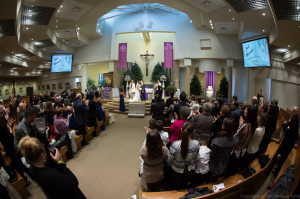
without the observer noticing. You can even use it for portraiture to create a large head, small body effect, large head no body effect or regular body, round world effect. What sets the 8-15mm apart from all other lenses is that you have two options, a picture that fills the frame, or a circular image with black vignetting.
To understand how to best use Canon 8-15mm fisheye, I’ve put together several comparisons.
Fisheye lenses are the widest of all lenses boasting a 180 degree field of view, and while the Canon 8-15mm fisheye is technically a zoom lens, all that your really doing is cropping the image within the lens. If you want to zoom, you’re going to have to zoom with your feet, the same way you zoom with a prime lens by walking towards your subject.
The beauty of having such a wide field of view is that distant objects can be brought together easily. Below, you’ll see two images showing a grouping of buildings. The first, taken with the 8-15mm fisheye and the second with the 16-35mm wide-angle lens . You can see just how much a difference a few millimeters can make.
The problem with the fish-eye is the barrel distortion, but this can be corrected or at least limited by placing the horizon or central subject area in the center of lens of leveling the horizon. Below, you can see a picture of a children’s splash pad with three circular rings. Very little distortion is visible but there is some bowing on the extreme left and right sides of the image. However, for most observers, this is easy on the eye and the image looks natural with an extremely wide 180 degree field of view. With completely natural environments that are devoid of any right angles or perfectly linear structures, any distortion is even further reduced and that’s where the power of a fisheye lens can be realized for landscape photography.
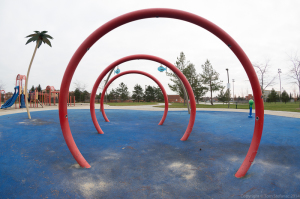
There is one critical problem that emerges with this particular Fisheye lens. Because the lens bows out, there is no possibility to use a filter to protect the lens beyond using the included Canon lens hood which only works down to about 10mm after which the hood becomes visible in the images captured. This problem not only creates a protection issue but also means filters are not compatible and cannot be used. This is especially problematic when you want to use graduated ND’s to balanced out highlights or polarizers to pull clarity and tone out of the sky or water. That means your limited to HDR’s or forced to underexpose a landscape scene and push the shadows. Because of this, extreme exposures or even exposures where the sun is too hot (bright) means compensation can be a problem and balancing exposure in the image naturally (without any digital or analog modifications) is very difficult or altogether impossible.
Despite a lack of filters, there are many opportunities that the Canon 8-15mm can generate which simply don’t exist with any other lens. Take the above short of the sky, you can see the circular fisheye image is far more appealing and gives the tree a reaching over effect helping to balance the moon, building and other elements of the sky and horizon. The fisheye gives this shot life. If you look at the exact same shot taken with the Canon 16-35 at a full 16mm you can see the horizon is missing, the tree is barely reaching over, the moon and street lamp feel oddly placed and over all it’s a bland unbalanced image with little if any appeal.
Below is a small sample gallery of images taken with the Canon EF 8-15mm f/4L Fisheye USM Lens on a 5DMKIII body & 650D APS-C body. These images have not been edited or altered.
